Dogs
Dogs
Proper Care
Needs

Here’s a simple checklist to assist you in taking proper care of your dog
Basic equipment
- Water bowl
- Food bowl
- Collar
- Identification tag (with dog’s name and owner’s phone number)
- Leash
- Muzzle
- Dog bed
- Washable blanket for dog bed
- Shampoo
- Nail clipper
- Dog grooming supplies (e.g. dog brush, dog comb)
- Toys
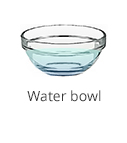
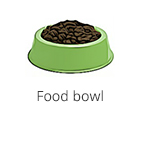
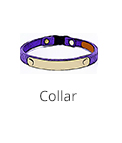
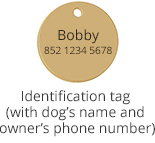
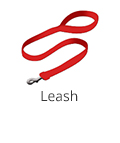
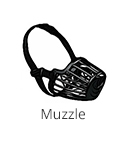
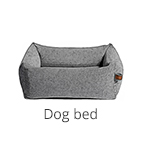
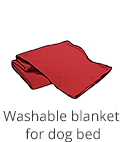
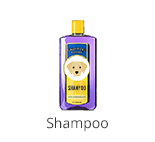
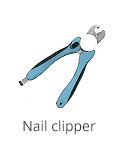
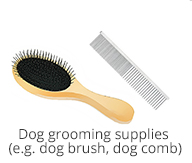
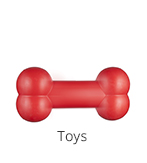
Basic care
- Access to clean and fresh water
- Adequate and nutritious food
- Regular walks and exercise
- Microchipped, licensed and vaccinated against Rabies
- Re-vaccinated against Rabies every 3 years to renew licence
Health matters
- Registered veterinarian consultation for regular checkups or medical treatment when the dog is sick/injured
- Vaccination against common infectious diseases such as distemper, hepatitis and gastro-enteritis annually
- Regular deworming
Above all, remember your dog needs tender loving care.
Feeding
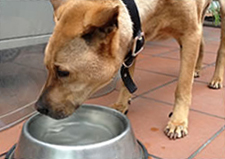
What food to feed?
For puppies, it’s best to feed them high-quality puppy food. For adult dogs, you can feed them good-quality adult dog food. You can mix the dry dog food with canned dog food or water. Consult your vet for recommendation of good brands of dog food. Also, ensure your dog has clean, fresh water at all times. Good-quality dog food and water already provide dogs with a balanced diet.
What food to avoid?
Avoid feeding human food to dogs. Some human food might be too salty and fatty for dogs and might cause them to have diarrhoea and other digestive and health problems. Some human food is harmful to dogs, common examples include alcohol, avocado, chocolates, coffee, grapes, garlic, macadamia nuts, milk, mushroom, onions, raisins, etc.
How often should I feed my dog?
For puppies that are 2 to 3 months old, feed them 4 times per day.
For puppies that are 3 to 6 months old, feed them 3 times per day.
For puppies that are 6 months to 1 year old, feed them 2 times per day.
For dogs that are 1 year old or above, feed them 1 to 2 times per day.
How much should I feed my dog?
Find out about your dog’s ideal weight and follow the feeding instructions on the dog food can or packet. Dogs tend to eat more than they need, therefore do not feed your dog too much.
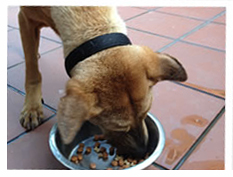
What kind of food bowl to use?
It’s best to use food and water bowls made of stainless steel or ceramic as they are both easier to clean thoroughly than plastic ones. Make sure you wash your dog’s food and water bowls frequently.
Is it ok to give my dog treats?
It is ok to give your dog treats but you should limit the amount you give. Treats should make up no more than five per cent of your dog’s daily food intake. The rest of your dog’s diet should come from good-quality dog food.
Accommodation
You should ensure that your dog has enough space to walk around freely. You should also provide your dog with a dog bed covered by a clean and washable blanket so that it can keep warm when the weather is cold. Wash the blanket frequently.
If you need to keep your dog outdoors, make sure your dog has sufficient shade and adequate shelter to protect itself from direct sunlight and unpleasant weather. For the shelter, it’s best if you could provide it with a properly built kennel of appropriate size. The kennel should be waterproof, windproof, covered, kept clean and dry, with a wooden floor raised from the ground and contain suitable bedding.
When the weather is hot, make sure you provide your dog with plenty of cool water. Never tie up your dog outdoors as this might lead to heatstroke and the dog may get hurt from the collar or leash.
Finally, make sure you keep harmful chemicals (such as washing powder, bleach, etc.) and food and substances that are poisonous for dogs (such as chocolates, grapes, certain plants) out of reach of your dog.
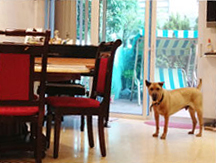
Cleaning and Grooming
In general, bathe your dog no more than once a week, otherwise its coat might be damaged and its skin will become too dry causing skin problems.
Make sure you use shampoo made for dogs. Never use shampoos made for humans on dogs, they contain strong detergents and could damage the dog’s coat and cause the dog to have skin allergy.
Before bathing your dog, brush its hair thoroughly using brushes and combs made for dogs. This will improve the effectiveness of the shampoo in cleaning down to the skin of the dog. Also, frequent brushing helps keep your dog clean and reduce shedding.
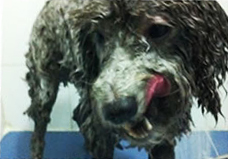
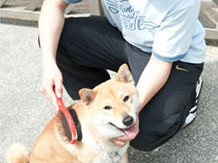
Be gentle when you brush your dog, start with the head and work towards the tail. For long-haired dogs, brush them daily, otherwise their hair will become tangled. You should also take them to professional and reputable groomer once every three months. For short-haired dogs, brush them once a week.
After bathing, squeeze excess water off your dog’s coat. Then use a towel to dry your dog starting with the head working towards it tail. Finally, use a hair dryer to blow dry your dog but make sure the air coming out from the dryer is warm and not hot.
Clip your dog’s nails regularly using a nail clipper made for dogs. Trimming your dog’s nails is important for your dog’s health as nails that are too long will curl and grow back into the dog’s feet making it difficult and painful for the dog to walk.
Seek advice from your veterinarian on the correct way to trim your dog’s nails. Cutting off too much of your dog’s nails may cause pain or bleeding.
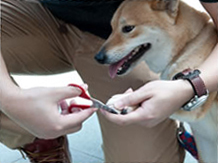
Exercising
Just like humans, dogs need regular exercise to stay healthy. Therefore, you should bring your dog out for walks at least once per day. During walks, make sure you keep your dog on a leash in public places and keep it under proper control at all times. Remember to bring newspapers and a bottle of water with you so that you can clean up after your dog. Any person who allows his / her dog to foul any street or public place by faeces will be liable to a fixed penalty of $3,000.
Dog owners / keepers can visit the Inclusive Parks for Pets and Pet Gardens of the Leisure and Cultural Services Department (LCSD) with their dogs to get a daily walk and exercise. For details, please visit the following LCSD websites:
1) Inclusive Parks for Pets
https://www.lcsd.gov.hk/en/facilities/otherinfo/petpark.html
2) Dog Garden / Pet Garden
https://www.lcsd.gov.hk/clpss/en/webApp/Facility/Details.do?ftid=47#0
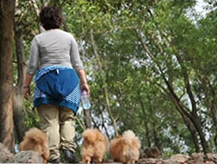
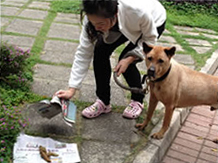
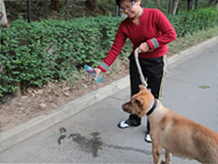
Interaction & Socialisation
Dogs enjoy company and fun. They get lonely and bored if they are left alone for many hours. They may start to have behavioural problems such as excessive barking, chewing, scratching, destruction of household objects, etc. These problems not only cause nuisances to owners but also to nearby neighbours. Therefore it is important that you spend time playing with, petting, grooming, exercising and training them. By doing so, your dog will feel loved, happy and closer to you.
If you get your dog as a puppy, it is very important that you socialise your dog properly. Socialisation is the process whereby your puppy experiences all the different things in its environment (sights, sounds, smells, other people, other animals, vehicles, etc.) and learns how to cope and react. It must be done when the puppy is young – ideally before 12-16 weeks of age, although there will still be some benefit when the puppy is older. Failure to properly socialise your puppy may lead to it being fearful in situations it is not familiar with – for example when meeting new people or other dogs. Try to expose your puppy to all the things it will encounter in its day-to-day life and teach it not to be fearful by making each new experience a positive one, for example by rewarding it appropriately.
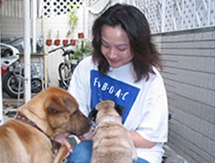
Training
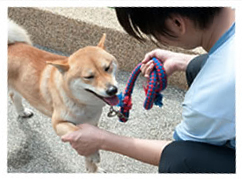
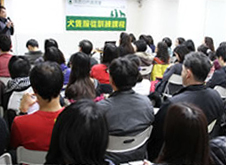
Proper training of your dog is vital to ensure that you can control it properly and that it responds to your commands. It sets boundaries for the dog and lets it know what is expected of it.
Other benefits of training your dog:
- It helps you to understand your dog more and vice versa;
- It helps you to build a closer relationship with your dog;
- It prevents your dog from becoming a nuisance;
- It gives your dog something to do and helps build its confidence;
- It helps your dog to become a better companion.
Start training your dog when it is young and use rewards to encourage proper behaviour. Rewards can be in the form of food treats, petting, verbal praises, games, etc. Make sure you train your dog to walk on a leash and obey some basic commands. In this way, you can keep it under proper control at all times especially in public places. You can either train your dog by yourself or take it to professional dog obedience training classes.
Some basic dog training rules:
- Be consistent in your commands at all times. Keep them short and simple. Some basic commands include ‘Sit’, ‘Stay’, ‘Come’, ‘Down’ and ‘Heel’.
- Training should be a positive experience for you and your dog, and should be conducted in short sessions away from other distractions so that your dog does not get bored or lose concentration.
- Stay calm. If you get angry during the training session and treat your dog harshly, it will lose trust in you.
- Be patient. Remember it takes time for your dog to learn a command or trick. Don’t push your dog through training too fast.
- The principle of training your dog is to praise and reward them when they do the right thing. This is called positive reinforcement. Use rewards such as food treats, petting, verbal praises or games to reinforce correct behaviour. If your dog has successfully performed a trick or followed a command, give it a reward.
We organise dog training courses from time to time. For details, please click here.
According to Section 23 of the Rabies Ordinance, Cap 421, a dog keeper must keep his / her dog on a leash or under proper control in public places. Any person who contravenes the above commits an offence and is liable to a fine of $10,000.
Remember, it is a legal obligation to keep your dog under proper control at all times when in public areas.
Medical Care and Vaccination Schedule
Initial check-up
After you get your dog, you should take it to a registered veterinary surgeon (vet) immediately for an initial check-up. The vet will give you advice on the vaccinations, deworming programme, anti-parasitic treatment and preventative medication your dog will need to protect it from the following:
- common infectious diseases such as canine distemper, parvovirus, infectious hepatitis and leptospirosis;
- common worms such as hookworm, roundworm, tapeworm and whipworm;
- common parasites such as fleas, lice, mites and ticks;
- heartworm disease.
You can also consult your vet for health care tips for your dog.
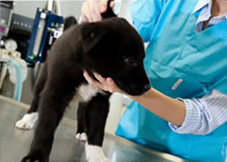
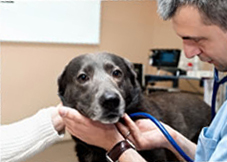
Annual health check
After the initial check-up, you should take your dog to the vet at least once a year for an annual health check to ensure that it is healthy.
Medical treatment for injuries / illnesses
Just as you need to consult a doctor when you fall sick or are injured, in the same way, you need to bring your dog to a vet if it is ill or injured. Remember, seek early treatment for any injuries and/or illnesses your dog has. If you notice any unusual signs or behaviour in your dog, they might be indications that your dog is sick. If your dog displays any of the following symptoms, you should contact your vet.
- appears weak and tired
- has dull or weeping eyes
- is coughing
- is sneezing
- is panting
- has fever
- has lost appetite for more than one day
- has diarrhoea
- has vomiting
- has drastic changes in water consumption or weight
- has obvious hair loss
- has cuts/injuries/wounds
- is limping
- has lumps or bumps on the body
- has sores or dirty ears
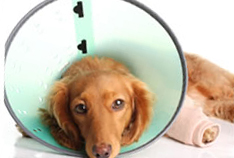
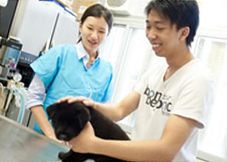
Always consult a registered vet
Some dog owners think it is too expensive to consult a vet and believe staff from pet shops can give them advice on the health of their dogs. However, this is a very wrong concept. Also, dog owners should not use human prescription drugs to treat dogs on their own. Some human medications can be fatal to dogs. Remember, only a registered vet can provide professional advice regarding the health of your dog.
Vaccinations that puppies need
Puppies should be vaccinated against common infectious diseases, including canine distemper, parvovirus, infectious hepatitis and leptospirosis. The law also requires that dogs be vaccinated against rabies at the age of 5 months and thereafter every 3 years.
The primary vaccination course usually consists of 2 or 3 injections 2-4 weeks apart and can be started from 6-8 weeks of age. After the primary course, regular booster vaccinations are required. Please consult a veterinarian about the best time for your dog to receive vaccination as the requirements of each dog may differ.
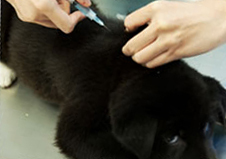
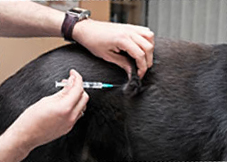
Points to note when your dog receives vaccination
When your dog receives vaccination, make sure that you tell the vet if your dog has any history of allergic reactions to any drugs or vaccinations.
If your dog has been ill and displaying symptoms such as vomiting and/or diarrhoea, etc. in the past few days, your dog should receive the vaccination later, preferably after it has fully recovered.
Depending on individual dogs, some may develop allergic reactions to the vaccination, but the chance of that is quite low. Symptoms that may appear during the first few hours after the injection include vomiting, generalised skin hypersensitivity (rash) and/or localised swelling at the injection site. If the above symptoms are noted, you should take your dog to a private veterinary clinic for immediate treatment.
Allergic reactions could also be caused by other factors such as allergy to proteinaceous material whereas symptoms such as vomiting could be caused by motion sickness.
Legislation you need to know:
Cap 421A RABIES REGULATION
The keeper of a dog shall ensure that the dog be vaccinated against rabies at the age of 5 months and thereafter every 3 years. A person who contravenes the above commits an offence and is liable to a fine of $10,000.

Heatstroke in dogs
In summer, temperature can become very high. Hot weather can pose risks to dogs’ health. This is because dogs do not have efficient cooling systems and can get overheated easily. If your dog’s temperature ranges between 40 and 41oC, it might be suffering from a moderate heatstroke. If your dog is given prompt first aid and veterinary care, it could recover. If your dog’s temperature rises to over 41oC, your dog might be suffering from a severe heatstroke which can be fatal and immediate veterinary care is required.
Symptoms of heatstroke in dogs
- Rapid panting
- Increased heart rate
- Agitation/depression
- Weakness
- Dry red mucous membranes, or pale mucous membrane if in shock
- Vomiting
- Diarrhoea
- Seizures
- Shock
- Coma
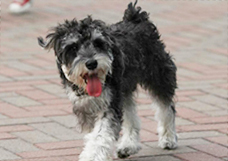
How to prevent heatstroke in dogs
- Provide your dog with access to cool and clean drinking water at all times.
- Never leave your dog inside a parked car even if the car is parked in the shade or you will only be away for a short while. The temperature inside a parked car can quickly rise up to 60oC or higher.
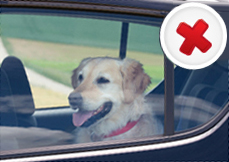
- If you are keeping your dog outdoors, make sure you provide it with sufficient shade and adequate shelter. If the weather is too hot, you may need to move your dog to a cooler area (e.g. air conditioning area).
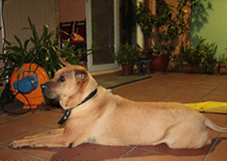
- Try not to muzzle your dog unless necessary. Use a muzzle that allows open mouth breathing and panting.
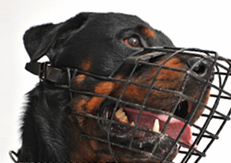
- During hot weather, restrict outdoor exercise to the early morning and late evening when temperatures are lower. Humidity increases the risk of heat exhaustion. On a hot and humid day, try to walk your dog after sunset. Even then, avoid too much exertion.
- Bring cool water with you when you walk your dog. If your dog shows signs of fatigue or heatstroke, stop in a shady area and give it water to drink immediately. If the symptoms remain, bring it to the vet immediately. Sometimes, refrigerated water or water cooled with ice cubes can help reduce body temperature.
- Put up window shades in your car if you are going on a long car trip with your dog. Keep the inside of the car well ventilated and cool. Air conditioning is one of the most effective ways to keep your dog cool. Bring cool water with you to help keep your dog hydrated and cool. On especially hot days, allowing your dog to lick an ice cube helps cool body temperature.
- Avoid places where the sun is blazing. If you are at the beach, a dip in the sea water may help and frequent oral rehydration is absolutely necessary.
- During hot weather, wet your dog with cool water or allow it to swim. These measures can help your dog to prevent heatstroke.
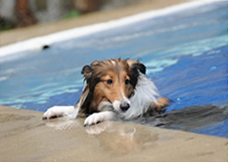
- If your dog has predisposing conditions such as heart disease, obesity or breathing problems, keep it cool and in the shade.
What to do if your dog gets heatstroke
- Check on your dog frequently to see if it is showing symptoms of heatstroke.
- Immediately move your dog to a cooler area such as a shady spot or preferably an air-conditioned building.
- Check your dog’s temperature using a rectal thermometer and bring it to a vet if its temperature is above 40oC.
- A squirt, wet dab or spray of 75% medical alcohol under the armpits and in the inguinal area on both sides can help lower the body temperature. Cold water can help but not as efficient as alcohol.
- If available, use a strong fan to help the dog cool down.
- Recheck your dog’s temperature every few minutes until it drops to 39.4oC and then stop the cool water treatments. Do not overcool.
- Provide your dog with cool and clean water to drink (little and often) if it is able to drink on its own, but do not force water into the mouth. Even if your dog appears to make a recovery, have a vet examine your dog to be sure there are no complications. In some cases, complications may only become apparent hours or days after the dog has seemingly recovered.
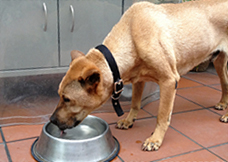
Things you should have on hot weather:
- A fall-back plan with a cool location for outdoor activity
- Rectal thermometer (digital or mercury)
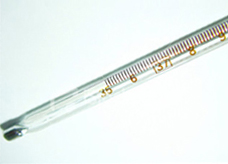
- Cool water, ice or cool packs
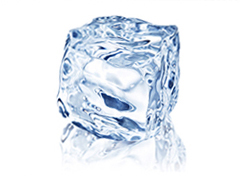
- A small bottle of 75% medical use alcohol
- A fan
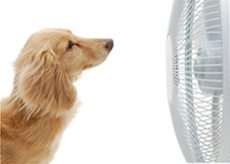
- Contact for 24 hour emergency veterinary service
Remember, if you think your dog is suffering from heatstroke, consult a vet immediately.